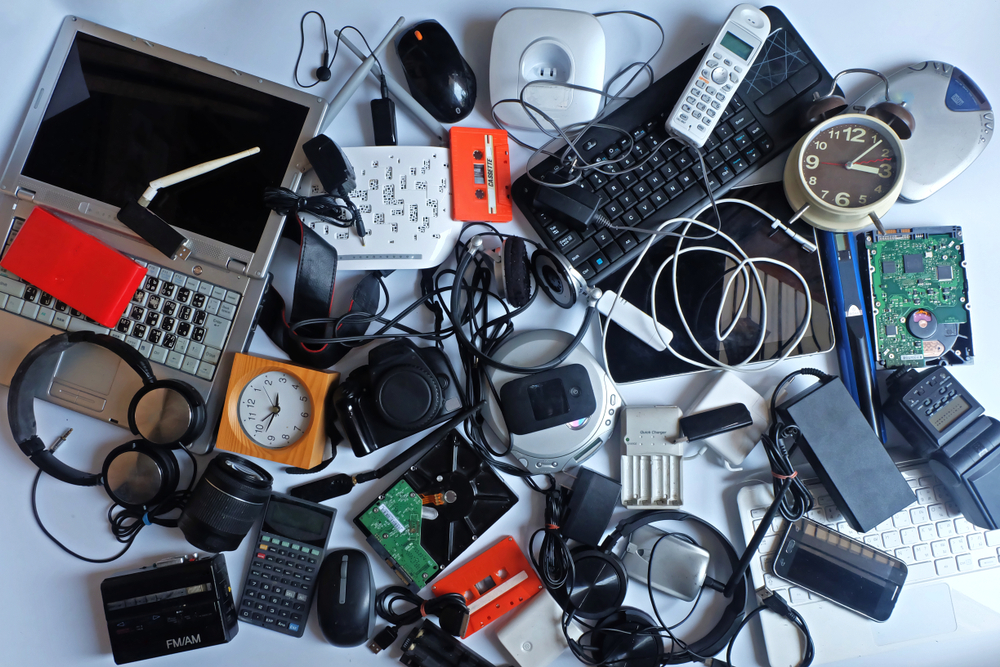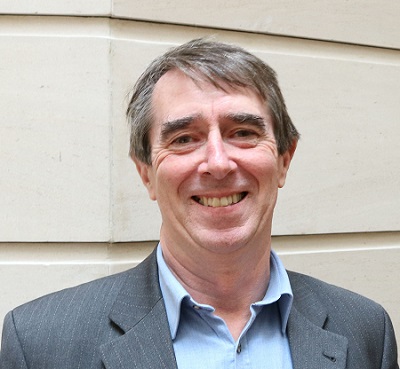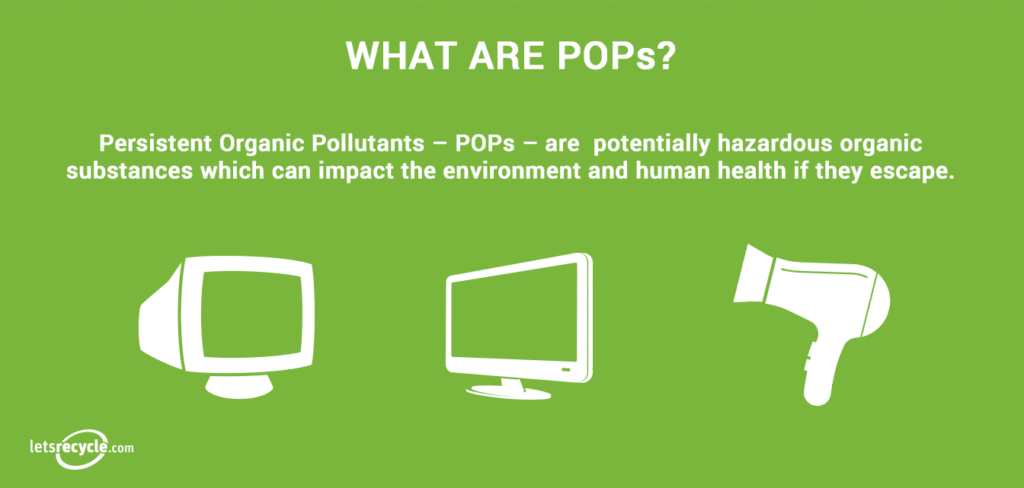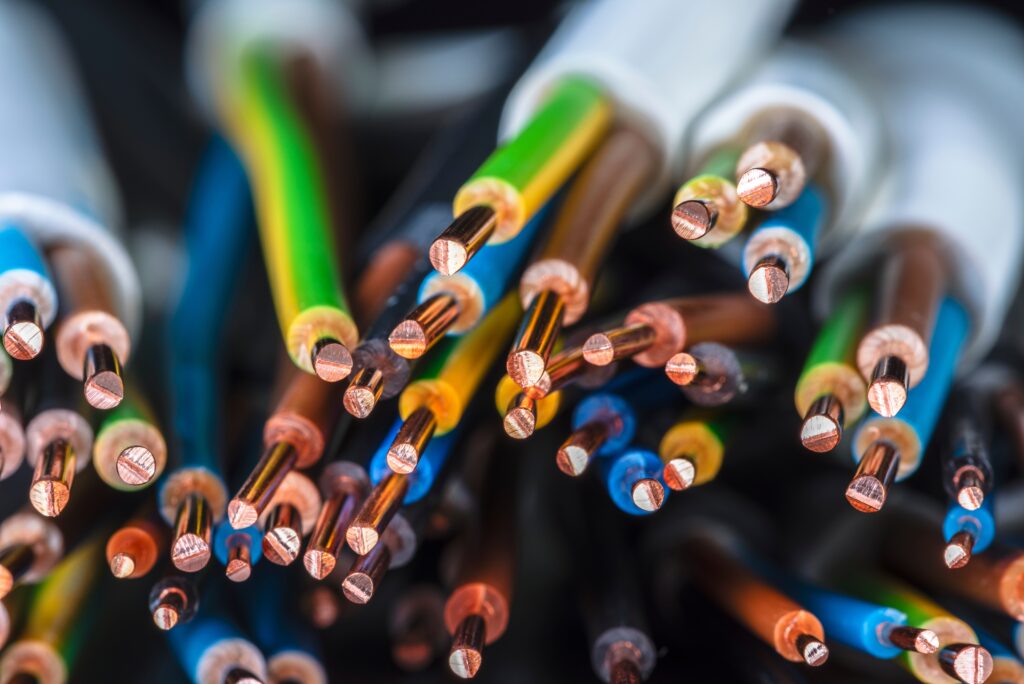The Forum, a representative body for the WEEE treatment sector, said the compliance fee has seen some collectors try to avoid the cost of “correct treatment routes” using the fee.

In response, the Joint Trade Association (JTA), which oversees the fund and put forward the methodology, said the compliance fee remains a “necessary mechanism” and and provides an alternative method of compliance when WEEE is not available via the collection network.
As reported by letsrecycle.com on Monday (2 March), the Environment Agency’s substantiated estimates suggest a total of 494,976 tonnes of WEEE was collected by compliance schemes in 2019, more than 50,000 tonnes less than the target of 550,577 (see letsrecycle.com story).
And, the AATF Forum, a representative body for the WEEE treatment sector, claims the mechanism used by compliance schemes and obligated business if they have insufficient recycling evidence to meet their collection targets is partly to blame.
Phil Conran, chairman of the AATF Forum, said: “The AATF Forum believes that the shortfall is largely due to the compliance fee mechanism which has enabled producer compliance schemes to meet targets without physically collecting material.
“This year, we can expect another £4 million to £5 million to be added to the compliance fee pot that, so far, has seen over £11 million raised over the last two years.
“But whilst the Forum has concerns as to the benefit gained from that pot, of more concern is the likely fate of an increasing amount of WEEE as collectors try to avoid the cost of the correct treatment routes.
“This has been recently exacerbated by the requirement for POPs WEEE outputs to be destroyed which has seen a significant rise in treatment costs.”
Compliance fee
The compliance fee is used by compliance schemes and obligated business if they have insufficient recycling evidence to meet their collection targets.
Targets are usually met through acquiring evidence of recycling for material collected at civic amenity sites.

The aim of the fee is to discourage compliance schemes from collecting significantly more WEEE than specified in their collection targets and then selling the surplus evidence to schemes looking to meet their obligations.
2019 will be the third consecutive year in which a JTA-proposed methodology has been used to determine the fee (see letsrecycle.com story).
Necessary
Susanne Baker, chair of the JTA and associate director of climate, environment and sustainability at techUK, reiterated her belief in the compliance fee mechanism.
She told letsreycle.com: “The compliance fee remains a necessary mechanism, but it is important to recognise that it does not drive WEEE collections, nor was it ever intended to do so.
“The compliance fee remains a necessary mechanism”
“The compliance fee was established as an alternative method of compliance when WEEE is not available via the collection network and to prevent market distorting behaviours.
“That said, we know small electricals are still being thrown in the bin and that some electricals beyond further use or repair are being hoarded and that additional methods to get access to this WEEE are needed to increase collection levels.
“So the JTA very much welcome the boost to the UK’s collection infrastructure that will come as the result of mandatory retail takeback next year and strongly back the focus of the WEEE Fund on supporting kerbside collections and communications – areas which compliance schemes traditionally face barriers in addressing.”
POPs
The AATF Forum also emphasised concerns about inconsistent regulation of facilities which treat WEEE containing persistent organic pollutants (POPs).

Some plastics from WEEE which would previously have been recycled are now deemed to contain too high a level of POPs, and so are classified as hazardous waste (see letsrecycle.com story).
They are now sent to alternative outlets – including to high-temperature incineration – for destruction.
Mr Conran said: “The Agencies have focused heavily on the AATF sector to ensure that POPs WEEE is properly identified and treated.
“This has meant high cost incineration and, in many cases, an increasing need for exports to be notified, a lengthy and costly process.
“The concern of the sector is that authorised treatment facilities – facilities that have a metal recycling permit but have not been accredited to treat WEEE – are not being as tightly regulated and that much of the ‘missing’ WEEE may not be properly treated, allowing POPs waste to be incorrectly disposed of and possibly even recycled.”









Subscribe for free